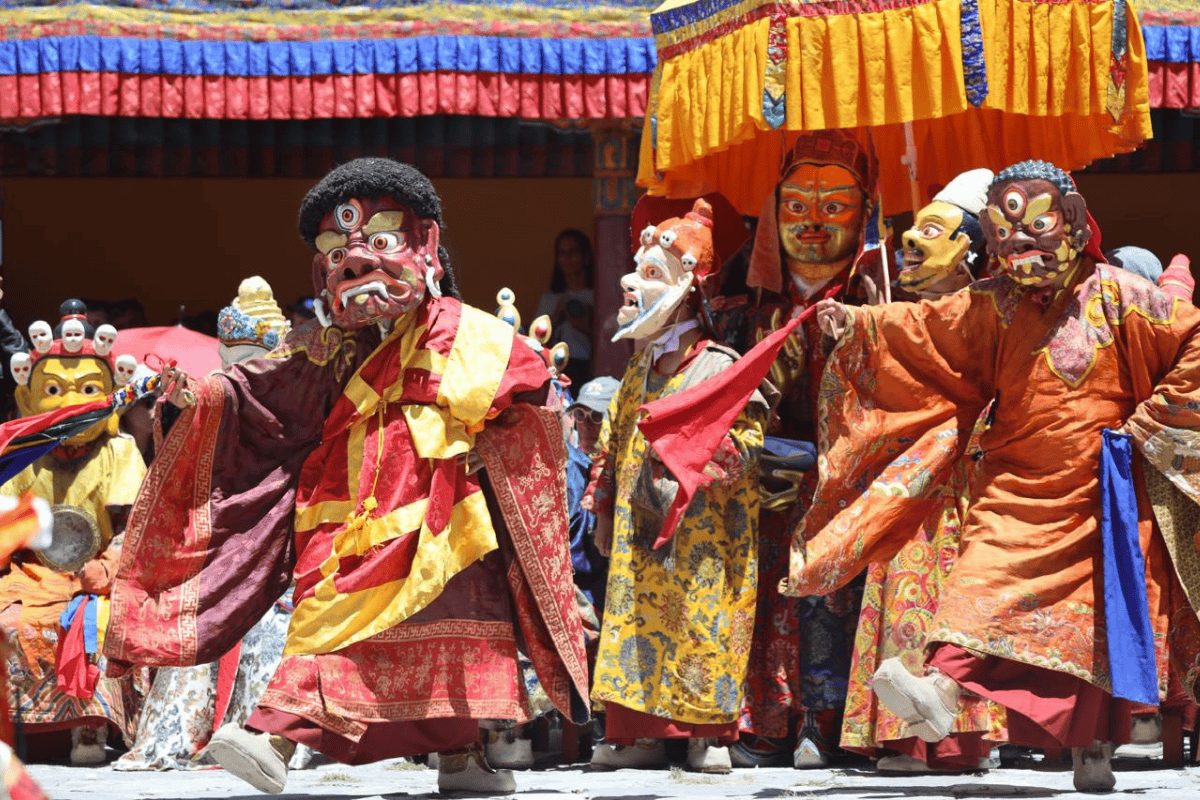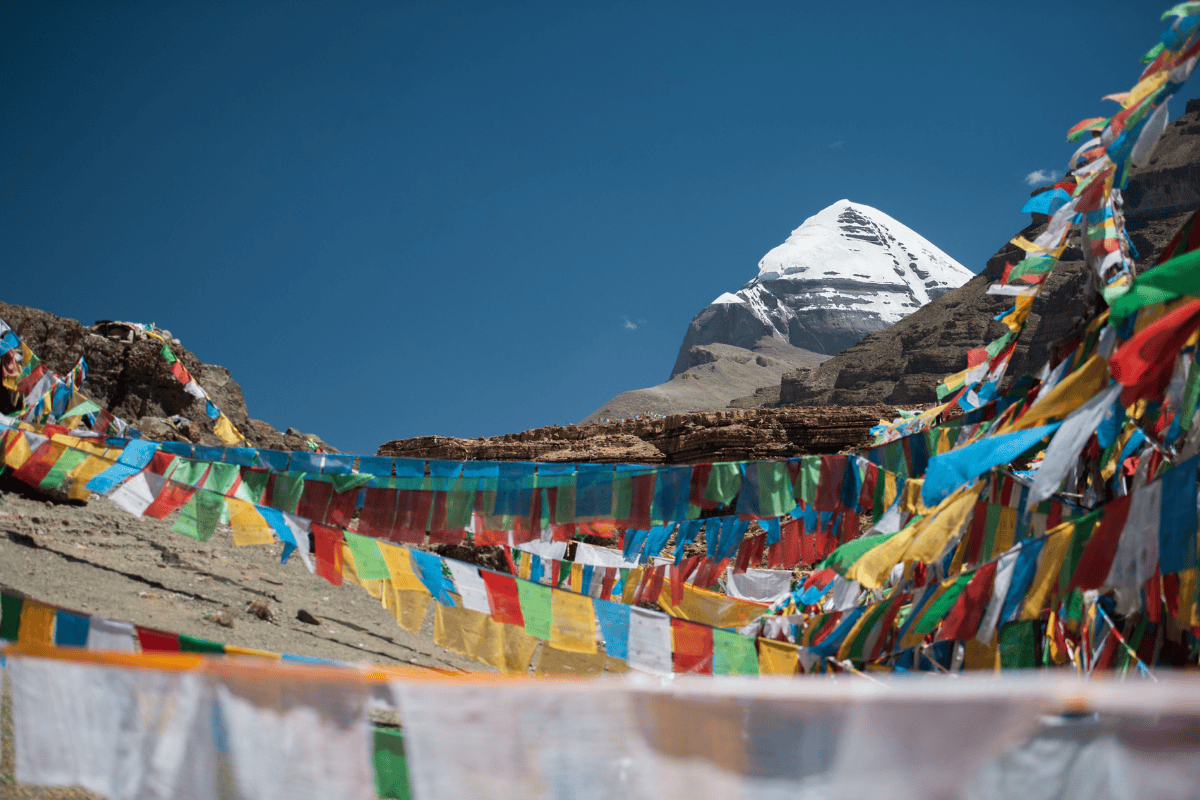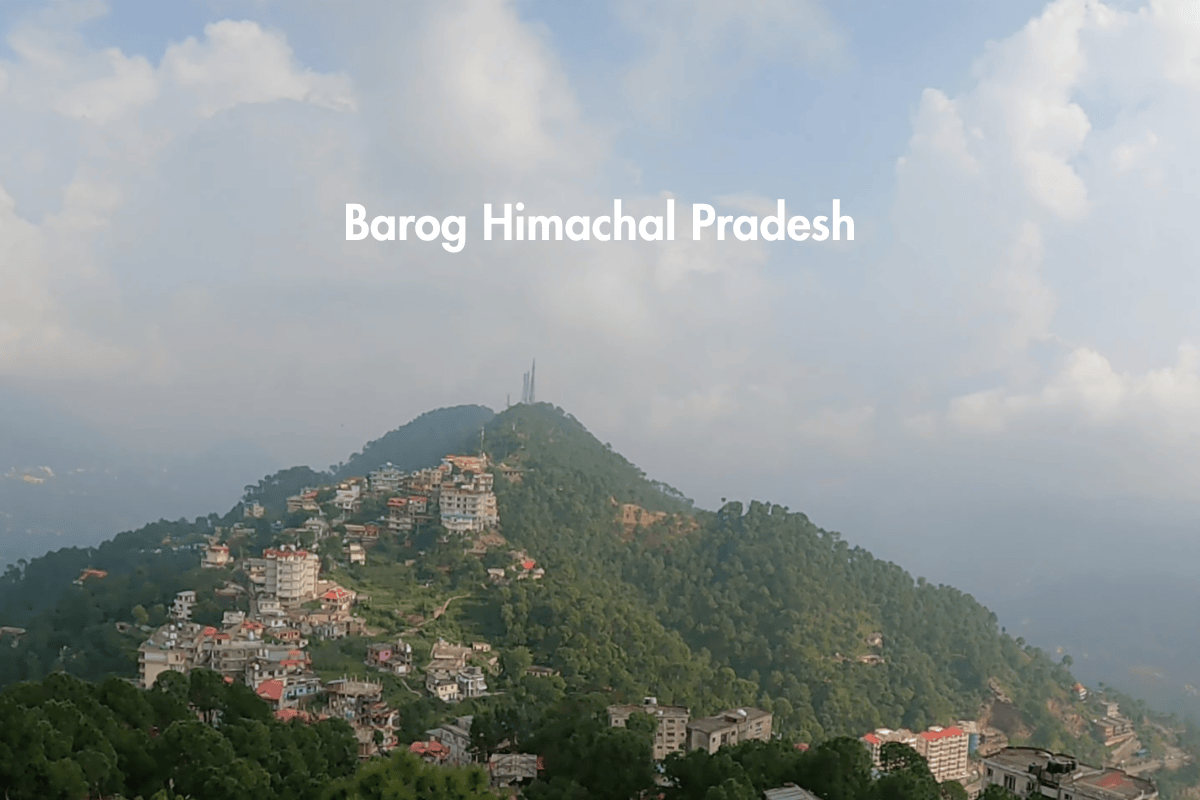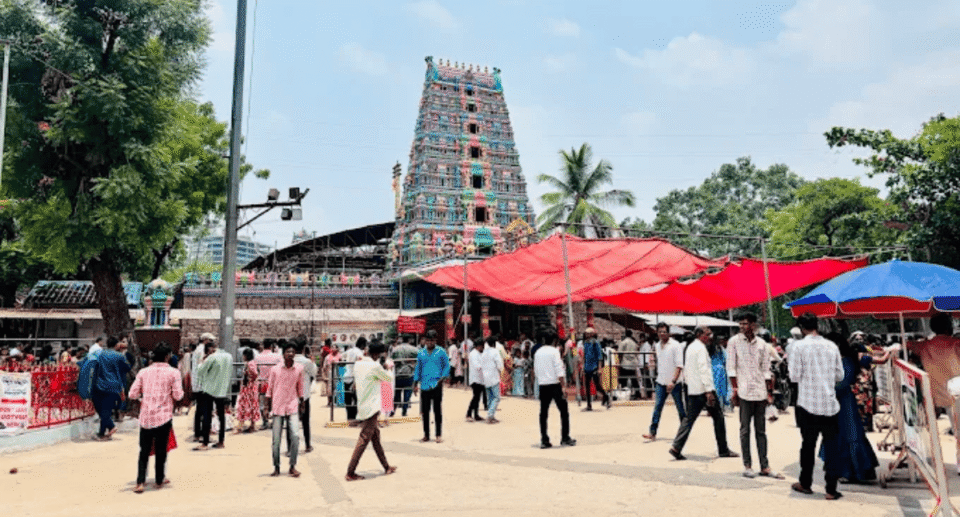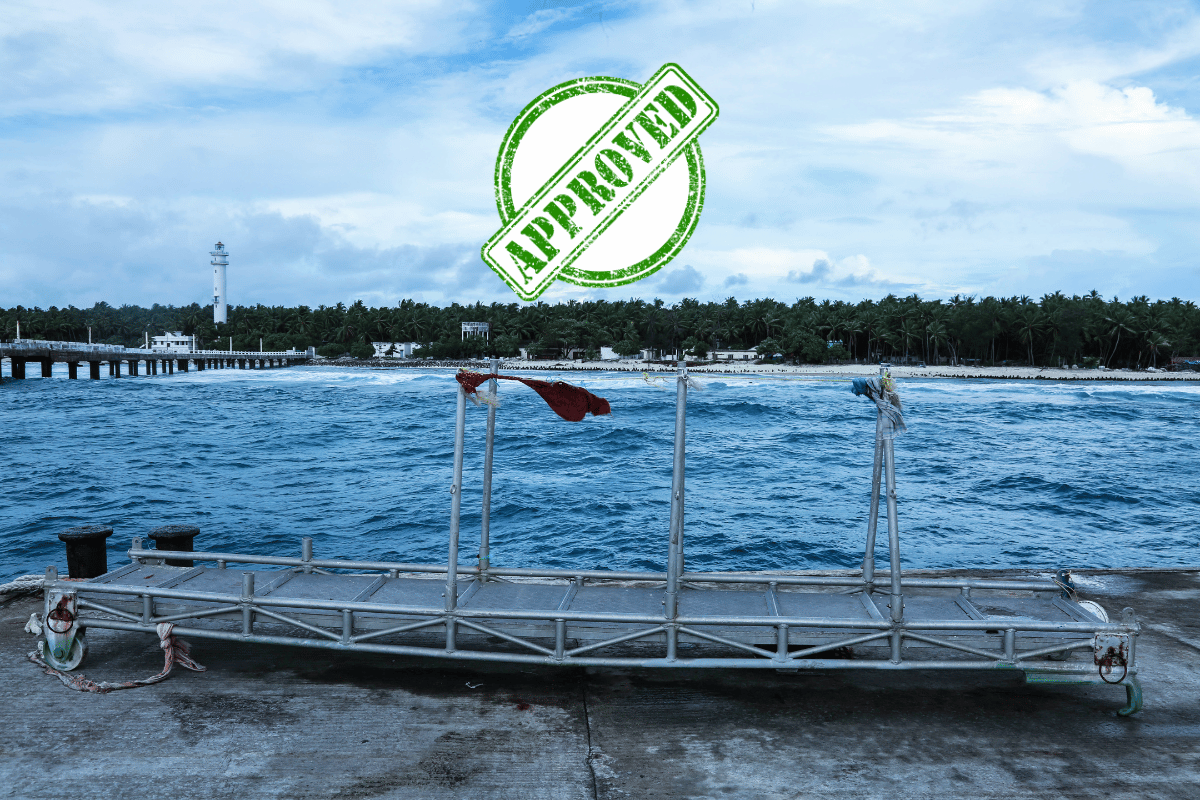Jambughoda Wildlife Sanctuary: Eco-Tourism, Forest Stay, Animals, and Travel Guide
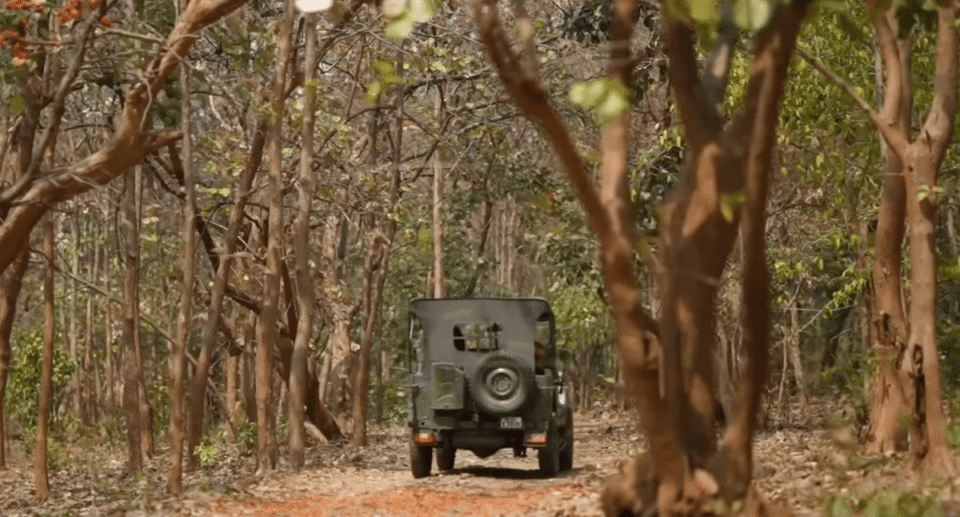
If you’re looking for a calm and green getaway away from city noise, Jambughoda Wildlife Sanctuary is the perfect place to explore. Located in the panchmahal district near Vadodara, Gujarat, this forest area is known for its thick greenery, wildlife, beautiful hills, and peaceful nature vibes.
It’s not as crowded as other tourist spots, which makes it a great destination for nature lovers, bird watchers, wildlife photographers, and people who just want to relax in the lap of nature. Whether you’re planning a family picnic, school trip, or a weekend drive, Jambughoda gives you a refreshing break with forest feel.
Table of Contents
- 1 History of Jambughoda Wildlife Sanctuary
- 2 Eco-Tourism Campsites in Jambughoda – Run by Local Villager
- 3 Wildlife in Jambughoda – Animals and Birds You May Spot
- 4 Places to Visit & Things to Do in Jambughoda Wildlife Sanctuary
- 5 How to Reach Jambughoda Wildlife Sanctuary?
- 6 Frequently Asked Questions (FAQs)
History of Jambughoda Wildlife Sanctuary
Jambughoda Wildlife Sanctuary, located around 70 km from Vadodara in Gujarat, has a rich natural and royal history. Long before it became a protected forest, the region was ruled by a princely family — the Ranas of Jambughoda. The area was once part of their private hunting grounds and forest estate.
In fact, the name “Jambughoda” comes from this royal connection. The palace of the Jambughoda rulers still exists near the sanctuary and has been converted into a heritage homestay for tourists.

After India’s independence, the region was merged into Gujarat, and the government began taking steps to protect its natural wealth. Finally, in 1990, the forest was officially declared a Wildlife Sanctuary under the Wildlife Protection Act, 1972, to conserve its rich flora and fauna.
Today, it is managed by the Gujarat Forest Department and is one of the lesser-known yet beautiful sanctuaries in the state.
What Makes Jambughoda Special?
- It covers over 130 square kilometers of dense forest.
- Home to animals like leopards, hyenas, jackals, sloth bears, and various species of deer and birds.
- The sanctuary also has two major water bodies – Targol and Kada Reservoirs, which attract animals and migratory birds.
- It is part of the Eastern Gujarat dry deciduous forests eco-zone and filled with trees like teak, bamboo, mahuda, and flame-of-the-forest.
Best Time to Visit Jambughoda Wildlife Sanctuary
The sanctuary is open all year round, but the best time to visit is from October to March, when the weather is pleasant and ideal for safaris, treks, and camping.
- Summer (April to June): Very hot, with temperatures above 40°C. Not recommended for safaris.
- Monsoon (July to September): The forest becomes lush green and beautiful, but trails can be slippery, and safari rides may be limited.
- Winter (October to March): Perfect weather (15°C to 25°C) for all activities.
Entry Details and Timings of Jambughoda Wildlife Sanctuary
Sanctuary Timings: 6:00 AM to 7:00 PM
Entry Fee:
- ₹30 to ₹50 per Indian adult
- ₹100 per foreigner
- ₹50 for still camera
- ₹200 for video camera
- Jeep Safari: ₹1500 to ₹2000 per vehicle (approx.)
- Guided Nature Walks: ₹300 to ₹500 depending on the group
Eco-Tourism Campsites in Jambughoda – Run by Local Villager
One of the best ways to enjoy Jambughoda Wildlife Sanctuary is by staying close to nature at the eco-tourism campsites, managed by local villagers. These sites offer an authentic forest experience, simple village hospitality, and traditional Gujarati food — perfect for a short escape into nature.

There are 3 main eco-tourism campsites inside Jambughoda:
1. Dhanpari Eco Tourism
Located in the heart of the sanctuary, Dhanpari is surrounded by forest trails and wildlife. It’s perfect for those who want to experience jungle life. You can enjoy early morning walks, spot birds, and relax under the trees.
2. Bhat Eco Tourism
This campsite is simple and peaceful, ideal for families and school trips. The local villagers provide freshly cooked home-style food made using traditional methods — all vegetarian, clean, and full of flavour.
3. Targod Eco Tourism
Targod is closer to the water reservoir area and is a great spot for evening views and photography. Many people come here for short nature stays and stargazing at night.
What’s Special here in Eco-Tourism Campsites?
- Basic forest stay with tents or cottages
- Local food made by villagers (usually khichdi, sabzi, bhakhri, chutney, etc.)
- Bonfire available in the evening (seasonal)
- Nature trails and bird watching walks
- Managed by tribal and village communities — your visit directly supports them!
Tip: These camps get full quickly during weekends and holidays, so pre-booking is recommended through the Gujarat Forest Department or local tourism board.
Wildlife in Jambughoda – Animals and Birds You May Spot
Jambughoda Wildlife Sanctuary is not just full of trees and hills — it’s also home to many wild animals and colourful birds. If you’re lucky and patient, you can see them while walking on nature trails or staying at eco camps.
Here’s a list of animals and birds commonly seen in the sanctuary:
Animals Found in Jambughoda:
- Leopard (Chita) – Rare to spot, but they do live deep in the forest
- Sloth Bear (Reechh) – Mostly seen in rocky and hilly parts
- Hyena (Lakkadbagha) – Found mostly during nighttime
- Jackal (Siyar) – Common near forest edges
- Four-Horned Antelope (Chousingha) – A rare and shy animal
- Blue Bull (Nilgai) – Easily visible in open forest patches
- Wild Boar (Jangli Suar) – Found in groups near water sources
- Porcupine, Mongooses, and Civets – Smaller mammals also roam around
Birds You Can Spot:
Jambughoda is a great place for bird watchers, especially near the Kada and Targol water bodies.
- Peacocks – Very common and easy to spot
- Parakeets (Tota) – Bright green birds seen flying in groups
- Drongos, Bulbuls, Treepies – Found across the forest
- Owls and Nightjars – Nocturnal birds, seen in evenings
- Eagles and Kites – Can be seen soaring in the sky
- Kingfishers and Egrets – Found near the reservoirs and water streams
During winter months, you may also see migratory birds visiting the area.
So whether you’re a nature lover, photographer, or someone who just enjoys spotting animals, Jambughoda offers a calm and wild forest experience without heavy tourist crowds.
Places to Visit & Things to Do in Jambughoda Wildlife Sanctuary
Jambughoda is not just about forests and wildlife. It also offers beautiful nature spots, eco-tourism camps, and peaceful experiences that are perfect for family trips, weekend escapes, or nature lovers.
Here’s what you can enjoy while you’re here:
1. Jungle Safari & Nature Walks
The best way to enjoy the sanctuary is by taking a guided jungle walk or jeep safari (subject to forest permissions). You can explore the dense forest, see animal tracks, and maybe even spot deer, jackals, or birds like peacocks and parrots.
Tip: Early morning and late evening are the best times for spotting wildlife.
2. Visit the Eco-Tourism Camps: Dhanpari, Bhat & Targod
These three campsites — Dhanpari, Bhat, and Targod — offer simple huts or tents, desi food, and a complete forest vibe. These places are run by local villagers and give you a real taste of rural life in harmony with nature.
In winter, you can enjoy bonfires and starry nights.
3. Visit Kada & Targol Reservoirs
These are man-made lakes inside the sanctuary, surrounded by thick forest and hills. They attract many animals and birds — especially during early morning. It’s a peaceful spot to sit quietly, enjoy the breeze, and click some stunning photos.
4. Bird Watching
If you love birds, carry your binoculars! Jambughoda is home to many species — from colorful parakeets to rare migratory birds (especially in winter). Bhat and Targod areas are great for this.
5. Visit Jambughoda Palace

Just a few kilometers outside the sanctuary, you can visit the old royal palace of Jambughoda, now turned into a heritage homestay. Even if you don’t stay there, the palace reflects the history of the region and its princely past.
How to Reach Jambughoda Wildlife Sanctuary?
Reaching Jambughoda is quite easy, especially if you’re coming from Vadodara or Ahmedabad. Here’s how you can get there:
By Road:
- From Vadodara: Jambughoda is around 70 km and takes about 2 hours by car.
- From Ahmedabad: It is around 190 km, roughly a 4.5 to 5-hour drive via Halol.
- The roads are smooth and surrounded by scenic countryside views.
By Train:
- The nearest railway station is Vadodara Junction.
- From the station, you can hire a taxi or take a local bus to reach Jambughoda.
By Bus:
- State-run GSRTC buses and private cabs are available from Vadodara and Halol.
- Some eco-tourism camps also offer pickup/drop facility if booked in advance.
Frequently Asked Questions (FAQs)
1. What is the best time to visit Jambughoda Wildlife Sanctuary?
The best time to visit is from October to March when the weather is cool and pleasant. Avoid visiting during peak summer or heavy monsoon.
2. Are there any entry fees to visit Jambughoda Sanctuary?
Yes, there is a small entry fee for visitors, which may vary depending on vehicle type or group size. Charges are nominal and paid at the forest gate.
3. Can I stay inside the sanctuary?
Yes, there are three eco-tourism camps: Dhanpari, Bhat, and Targod. These camps are run by local villagers and offer basic forest stay with local food.
4. Do I need permission for a jungle safari or trekking?
If you’re going deep inside the forest or for guided trekking, you may need permission from the Forest Department. For general visits and camping, no special permit is needed.
5. Is food available inside the sanctuary?
Yes, at the eco-tourism camps, you will get simple home-style food made by local villagers — usually vegetarian Gujarati meals.
6. Is the sanctuary safe for families and kids?
Yes, it’s very safe. It’s a peaceful and protected area, ideal for family picnics, school trips, and nature learning experiences for kids.
7. Are there any hotels nearby?
Apart from forest camps, you can find hotels or guesthouses in Halol or Champaner, which are close to Jambughoda.
8. Can I visit in one day?
Yes, you can plan a day trip from Vadodara or Halol. But staying overnight at the eco camps gives a better nature experience.
Final Words
Jambughoda Wildlife Sanctuary is a peaceful forest place where you can take a real break from the busy city life. Whether you love spotting animals, walking in greenery, or just want to spend time with nature — this hidden gem in Gujarat has something for everyone. The eco-tourism camps, tasty local food, clean air, and quiet jungle surroundings make it a perfect weekend trip for families, friends, or solo travellers.
So, if you’re planning your next nature getaway, Jambughoda should definitely be on your list!

